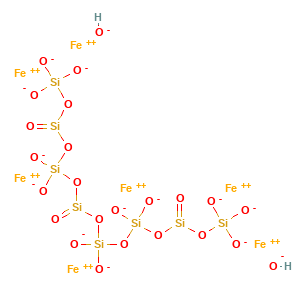Chrysotile Asbestos
Mg3Si2H4O9 Mg3(Si2O5)(OH)4 H4Mg3O9Si2
12001-29-5
………………………………………..
Molecular Weight: 277.11 g/mol
Instruments: PCM SEM TEM




Inhalation Acute Reference Concentration (RfCa) (mg/m^3)
Inhalation Chronic Reference Concentration (RfC) (mg/m^3)
- Reinforce Cement
- Filters
- Brake Pads
- Sound Insulation (b1970s)
- Special Resins
- Reinforce Plastics
- Roofing shingles
- Ceiling and floor tiles

.....................................................
.....................................................

